Timesifter: 2010
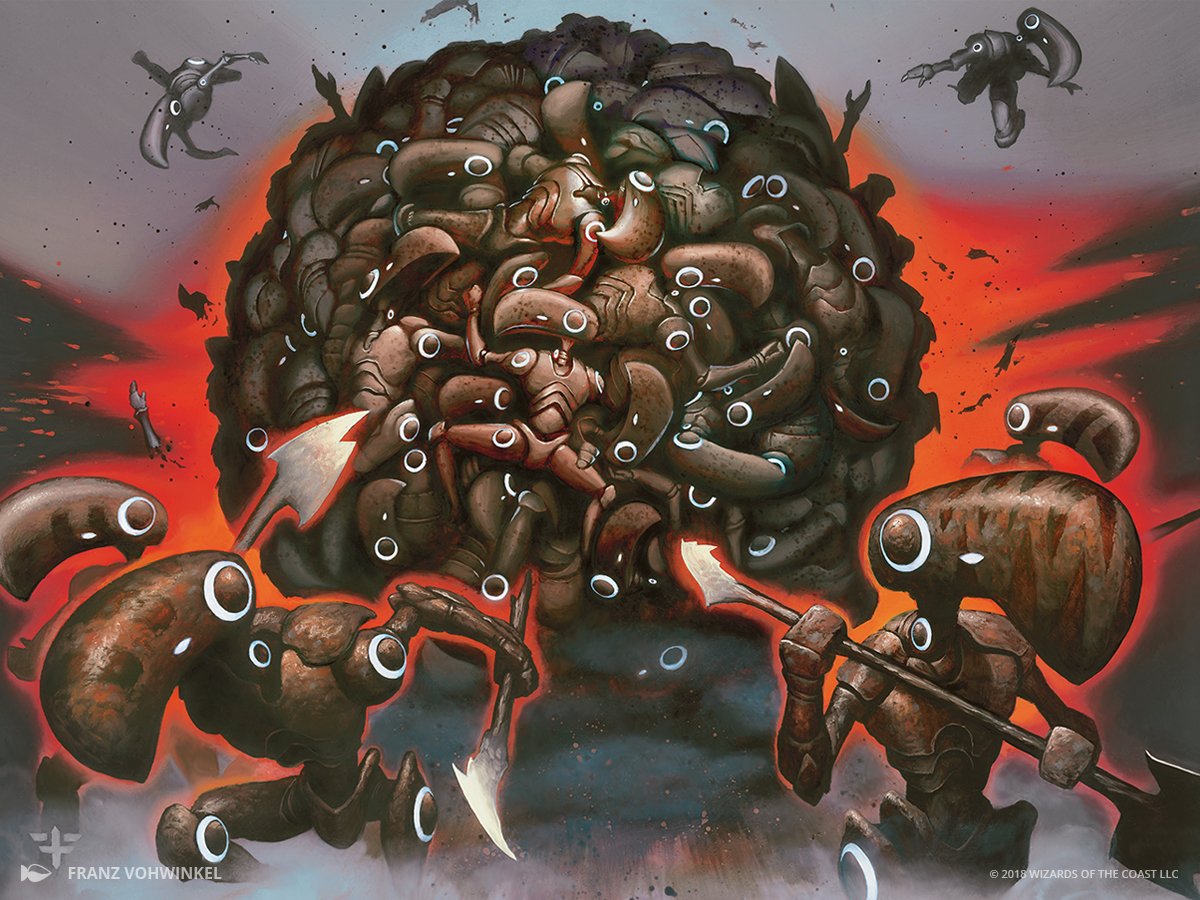
New Year, Old Magic
This week, we've thrown out our old calendars, made jokes about struggling to write the correct numeral on checks, and lamented about the implacable juggernaut of time coming to flatten us all. Maybe this is a metaphor -- who uses physical calendars and paper checks, after all -- but maybe it's not. Maybe the flipping over of the arbitrary cycle of timekeeping is second only to birthdays in its reflection of mortality. Or maybe still, we're here to talk about Magic: the Gathering, not the inexorable notion of impermanence.
This is Timesifter, in which we journey back, against the stream of time, to a year where things were different. Not better, mind you: despite what your gut tells you, things are a net positive when compared to that which has already come to be. But the past is certainly hardly recognizable, and more so as that past becomes more distant. This week, we're heading to 2010, or 12 years ago. Or is it 13? I always do that (insert a polite bankteller's chuckle here).
So what happened in the world of Magic in 2010? Well, a lot of stuff. The year 2010 was the game's 18th, bringing us monumental shifts in how reprints of old cards were implemented. It also brought us a trio of noodly monstrosities that have now become iconic in the game's lore, for better or worse, as well as a marketing gimmick that was rare in the sense that players didn't immediately take to social media to hem and/or haw.
Despite being only a dozen (or baker's dozen) years ago, 2010 is a snapshot of a world that's today almost unrecognizable, like looking at your eighth-grade yearbook. That bowlcut was atrocious, and it turned out your mother had no idea what fashion was. Or maybe that's just me.
Anyway, 2010 saw plenty of stuff that seemed weird at the time, but compared to our now jaded and wizened perspective seems tame, even mundane. Remember when Lady Gaga wore a dress made of meat? Or everyone laughed whenever you said the words "hide yo kids, hide yo wife?" So innocent, we were. Instagram and Angry Birds were also released that year, both in retrospect maybe explains some things.
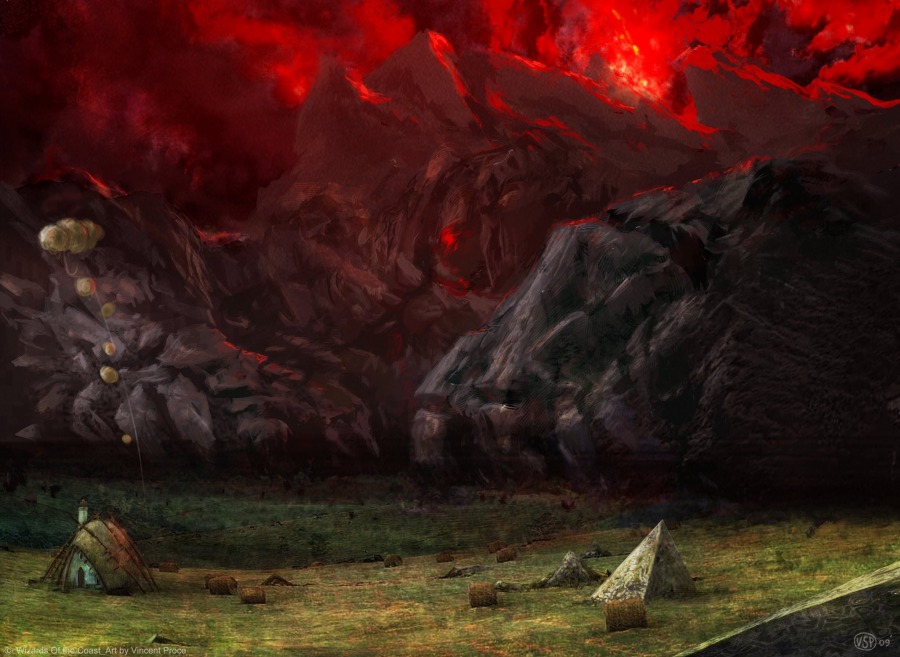
Worldwake
The second set of the Zendikar block hit store shelves in early February of 2010, featuring 144 new cards and one Jace, the Mind Sculptor. Those entrenched in Standard at the time remember these days well, as Jace and his partner-in-Constructed-crime, Stoneforge Mystic, warped the format until it looked like a saltwater taffy. To put it into perspective, before Worldwake, Standard featured decks like Jund midrange, a Jeskai (in colors, not name, as this was pre-Khans) control deck, Vampire decks, mono-white aggro, and even a goof deck that focused on Violent Ultimatum. After Worldwake, there was Jace, the first-ever four-ability planeswalker and instant pain in the ass.1
Those two are still the two most expensive cards from Worldwake, though compared to their prices back then, they might as well be free. You can get a copy of a Worldwake Jace for around $45, for instance, though in 2013-ish, it was north of $150.
In terms of the set's continued impact on Commander, Worldwake features plenty of cards that are still in heavy rotation today, like Bojuka Bog, Avenger of Zendikar, Everflowing Chalice, Arbor Elf, Explore, Chain Reaction and everyone's favorite capitalist ogre, Kazuul, Tyrant of the Cliffs. The set also featured a bevy of creature-lands, like Celestial Colonnade, which are not as good as I want them to be in Commander but you better believe I put them in every deck anyway.
As far as the set itself in the context of Magic as a whole, it was a hit, all the way down to the set symbol, which is, I'm told, not a kite but a hedron. Worldwake also introduced to Magic the keyword Multikicker, which you likely could surmise is basically Kicker. But, like, more of it. See Comet Storm for an example. Another fun note involves Eye of Ugin. When it was released in Worldwake, we players had no idea what Eldrazi were, so Eye of Ugin was a legendary land that doesn't tap for mana and provides a discount on a creature type that doesn't exist. Needless to say, it was a bit puzzling.

Rise of the Eldrazi
Let's jump to April, or in the context of 2010, "spaghetti monster apocalypse." The 52nd Magic expansion, Rise of the Eldrazi, was the culmination of the three-set Zendikar block and our first look at the Eldrazi titans themselves, Ula, Cosi and Emeria (we use their cool names here because we're cool). Rise, with its 228 cards (plus 20 basic lands) was unique at the time for being a large set despite its status as a "third set," which traditionally were only around 150 cards. It also featured a pair of cards that were "more common than other commons," in Hand of Emrakul and Ulamog's Crusher, so if you've always wondered why your Rise bulk in that box in your closet seemed to feature those two colorless creatures more than anything else, that's why.
Also somewhat unique in Rise is its rejection of the "block mechanics," to fit thematically with the emergence of the Eldrazi themselves. Instead of Landfall, quest enchantments, trap cards, and Multikicker, we saw Annihilator, Level up, Rebound, and Totem armor. So in other words, while the story tied Rise to the previous two sets, the cards themselves had very little connective tissue to Zendikar block. It was also the first-ever set to include basic lands despite not being a "first set" in a block or a Core Set.
Rise is remembered for being a wholly different Limited environment than Zendikar/Worldwake. While its predecessors were lightning-fast and punished all manner of durdling, Rise sought to provide an environment where you're encouraged to jam an Artisan of Kozilek in your sealed deck with a straight face. As far as Standard (and by extension other Constructed formats), Rise also featured Splinter Twin, and we all know how that went down.
As you might expect, the three cards in Rise that have best held onto their value are the three Eldrazi Titans, with Kozilek, Butcher of Truth leading the way at a cool $55. What might be less expected, however, is after them the priciest card is Training Grounds, so place bets now there'll be a reprint of that one in 2023, and if I had written this article a year ago, we'd all laugh at the uselessness and poverty of Hellcarver Demon, but the former bulk mythic is now over $10 thanks to The Beamtown Bullies, Jon Irenicus, Shattered One, and many, many cruel Commander players.
Speaking of Commander, Rise has certainly left a mark on the format. Those among us who shirk convention and colors received a wealth of options for their wingding-only decks, no longer playing Altar Golems and Roterothopters, or whatever it was they were playing before 2010. It was also the first time we got Evolving Wilds, which did in fact come about only in 2010, despite its ubiquity suggesting it existed before time began and will survive the cold abrogation of the universe. Also joining the party with Rise was Bear Umbra, Wall of Omens, Soul's Attendant, and Awakening Zone, and if you thought mono-white decks were annoying now with Smothering Tithe and Drannith Magistrate, imagine having a friend who exclusively played a Linvala, Keeper of Silence deck.
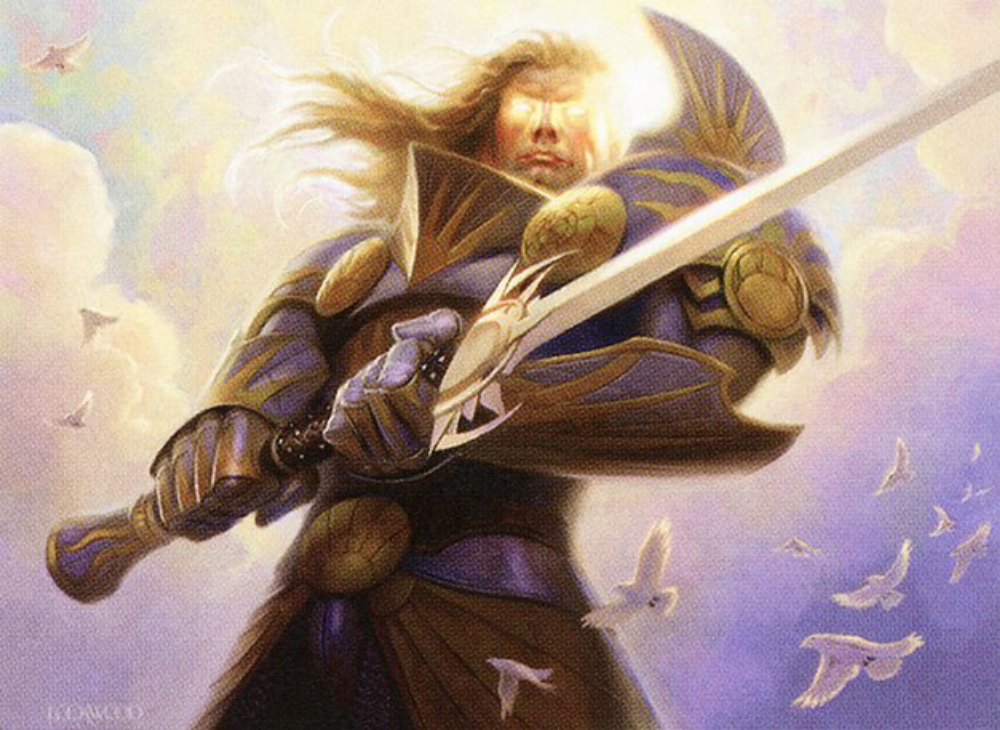
Magic 2011
Like a man who names his favorite bar to be Applebee's, never trust a person whose favorite set is a Core Set, that's what I always say.
Mid-July, Magic 2011 debuted, and with it about 120 new cards to go with around the same number in reprints. The most recognizable and impactful of those new cards, of course, were the cycle of mythic titans: Sun Titan, Frost Titan, Grave Titan, Inferno Titan and that other one.2
The set featured several cards that were nods to Magic'spast, a theme that continues to this day in pretty much every set released. You had Elixir of Immortality featuring a flavor text quote from Baron Sengir, Akroma's Sword of Vengeance and Hornet Sting, which was a slightly more threatening Insect than Portal's Bee Sting. Other than that, Magic 2011 was largely unremarkable.
But you know what was remarkable, also related to Magic, and coming out in the summer of 2010? This:
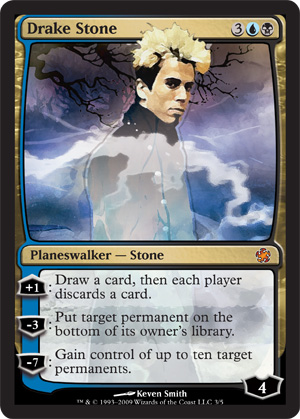
There was a little movie called The Sorcerer's Apprentice that hit theaters on July 14 of 2010. It was made by a little indie studio and featured a promotional tie-in that will never not be a source of embarrassment for all involved, much like the abomination on Drake's chin up there. In the today-times, these tie-in cards seem par for the course alongside Transformers, Stranger Things, Walking Dead, and whatever Dr. Who nonsense is coming down the pike in the coming months, but at the time, woof.
For those who haven't seen the movie, allow me to be the first to tell you it's, uh, not good. And if you were hoping for a significant Magic presence in the movie, you'll be disappointed. Here in 2023, The Sorcerer's Apprentice is a cringeworthy blip on the radar for Magic and likely for Nicolas Cage, too. But for the actor Toby Kebell (who went on to have a role in another game adaptation as Durotan in Warcraft), his face is on not one but five Magic cards, which is more than any of us can say. Here's the rest of them if you're morbid:
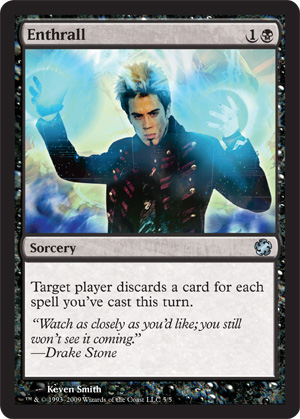

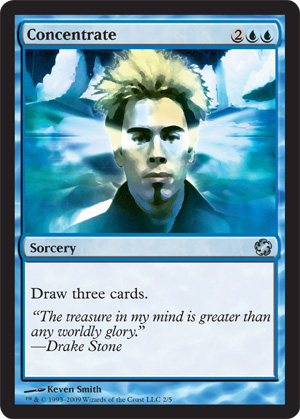
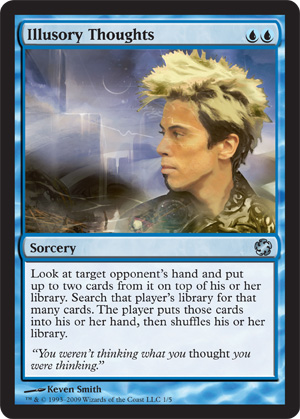

Scars of Mirrodin
On October 1, 2010, the world of Magic was reintroduced to the world of Mirrodin, last seen in 2003/2004 and to be seen again in a few weeks or so. While the original Mirrodin block did plenty to establish the tone and themes of the artificial plane, Scars of Mirrodin took it to another level with the help of those irascible Phyrexians.
For many players, Scars was a jumping-in point for the game as a whole, and rampant speculation began almost immediately when it was revealed that Wizards of the Coast registered two discrete trademarks: "Mirrodin Pure" and "New Phyrexia." That mystery was used as marketing to set up the clash between the residents of the plane and the invading praetors: who would win? We certainly know now, of course, and it wasn't long before we knew then, either. It was announced in December of 2010 that one of those dual trademarks would be the name of the final set in the new block, and by the time March rolled around, New Phyrexia won out. While it seems obvious now, at the time it was quite the surprise to end a storyline with the bad guys winning, though here we are more than a decade later and that story hadn't really ended at all.
In addition to bringing us the war between Phyrexians and the plane's native inhabitants, Scars also introduced one of the most controversial mechanics ever created in Infect. With hindsight, players are no longer shocked by the idea of poison counters, though many still grumble whenever they're mentioned. In fact, it appears that they'll be making a return. However, at the time, poison counters were a little-known mechanic introduced in Legends on two cards, Pit Scorpion and Serpent Generator. From there, it popped up here and there through Visions, and despite original planning putting the main focus of Tempest on poison, it was instead retired as a keyword and not seen since outside of a couple cards in Future Sight. 3
Infect smushed together two other keywords, poisonous and wither, and was immediately and significantly polarizing. In other words, it was (and still is) awesome.
Also joining the lexicon with Scars were the keywords Metalcraft and Proliferate, both all-timers in their own right. Though with Metalcraft, most beloved on Mox Opal, it remains a Mirrodin quirk, as cards in subsequent sets had the keyword in all but name (like Inventors' Fair). On the other hand, we've seen plenty more of Proliferate recently, in War of the Spark, Modern Horizons 1 and 2, and the upcoming Phyrexia: All Will Be One. It was also almost in a few other sets, like Kaladesh and Ravnica Allegiance. Oh, what could have been.
There are plenty of heavy hitters in Scars that have retained a high price point since 2010, including the top of the list, the aforementioned Mox Opal. Opal also tops the list of most-used Scars card as per EDHREC, despite its $75 pricetag. Behind Opal, plenty of Commander players make use of Scars cards, like Exsanguinate, Steel Hellkite, Myr Battlesphere, Wurmcoil Engine, Genesis Wave, Kuldotha Forgemaster, and even Thrummingbird. And I could keep going. What about Tainted Strike? Nim Deathmantle? Necrotic Ooze? Viridian Revel? Fulgent Distraction? Okay, maybe not that last one.
Point is, Scars of Mirrodin is frequently cited as players' favorite set, and for good reason. Hopefully what's ahead of us does Scars justice.
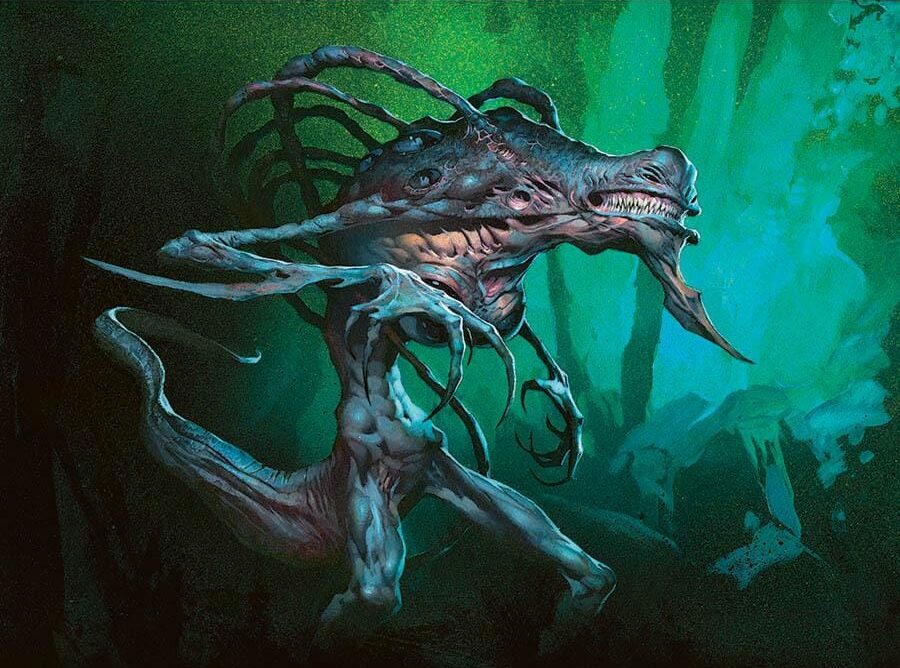
Loopholes and Reprints
In March of 2010, there was an announcement that had nothing to do with new sets, unless you count what won't be in them. Most players know about the Reserved List, and if you do, it's likely you have a strong and entrenched opinion about it. But if somehow you made it to 2023 (and about 2,000 words into this article) and have never heard of it, I'll give you the elevator pitch. In order to ensure to collectors the value of certain cards would be indefinitely retained, Wizards of the Coast developed the Reserved List, a list of cards from the first few years of Magic that they promised would never be reprinted in a functionally identical form. There are a lot of caveats to this, including what exactly "functionally identical" even means, but that's the gist. So for as long as the Reserved List, or RL in Magic parlance, exists, a bunch of expensive cards will never see a new version. There are also a bunch of not-expensive cards on the RL, some real head-scratchers, in fact, like Mwonvuli Ooze, Hot Springs, and Ogre Enforcer. There's also stuff like Black Lotus.
The RL was created in 1996 after people raised a stink about reprints following Fourth Edition and Chronicles, and has more or less been with us ever since. In 2010, however, there was a major revision to the RL.
Which brings us to Duel Decks: Phyrexia vs. The Coalition, released in March of 2010. The decks themselves are inconsequential today, containing a few mildly relevant cards, like Lightning Greaves, Coalition Relic, and Phyrexian Arena. One of the decks, however (I'll let you guess which one), featured a foil, alternate art version of Phyrexian Negator. Today, you'd think, "Who cares? We have Phyrexian Obliterator being reprinted in a few weeks, Negator is the same thing but worse in every way." Well you'd be right, but you failed to mention that Phyrexian Negator is on the Reserved List. Shame on you.
But that's not all. Later in 2010, the same RL loophole also colored the release of From the Vault: Relics, which did the same thing, but with four RL cards, not just one: Karn, Silver Golem, Masticore, Mox Diamond, and Memory Jar. That was a much bigger deal, expecially with that Mox Diamond.
Collectors, as they're often wont to do, rebelled. If it could happen to Phyrexian Negator (and to those other $100+ cards), they cried, it could happen to my shoebox full of Tundras! Hence, the 2010 RL Revision. Following the revision, the RL policy was adjusted to state that the promise of no reprints also extended to non-premium versions of the RL cards, and never again was there ever a controversy related to reprinting old cards to this day.
Unfortunately, if you were really hoping to get a showcase frame, galaxy foil Grandmother Sengir, I have bad news for you.
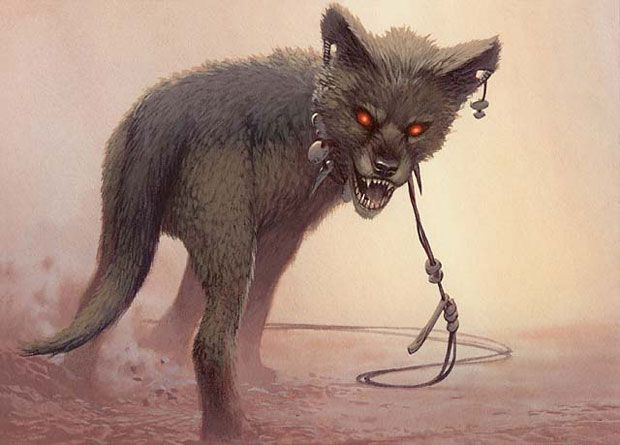
Fire and Lightning
And with that, 2010 came to a close. We all went back to hearing La Roux's "Bulletproof" played on repeat in shopping malls, which were basically nonexistent at that point, watching the second season of USA Network's crime procedural White Collar, making Inception memes with a spinning top and saying "Don't dead, open inside."
From a macro perspective, 2010 was a great year for Magic players (well, maybe not fans of Standard, but certainly today's Commander players), and is usually reminisced upon positively by those who were playing at the time.
Have any good (or bad) memories of 2010? Favorite cards? I want to hear about it. Comment below, or hit me on Twitter. See you in a different year.
- That might be a bit reductive: Worldwake Standard also featured a lot of people saying "Activate Tec' Edge on Tar Pit" over and over again, like some kind of purgatory.
- Please, unban Primeval Titan. What did it ever do to you?
- Yes, there was also Fynn, the Fangbearer and Ajani, Sleeper Agent that mention poison counters even more recently, but they're one-off exceptions, and also that sentence was running on enough already.